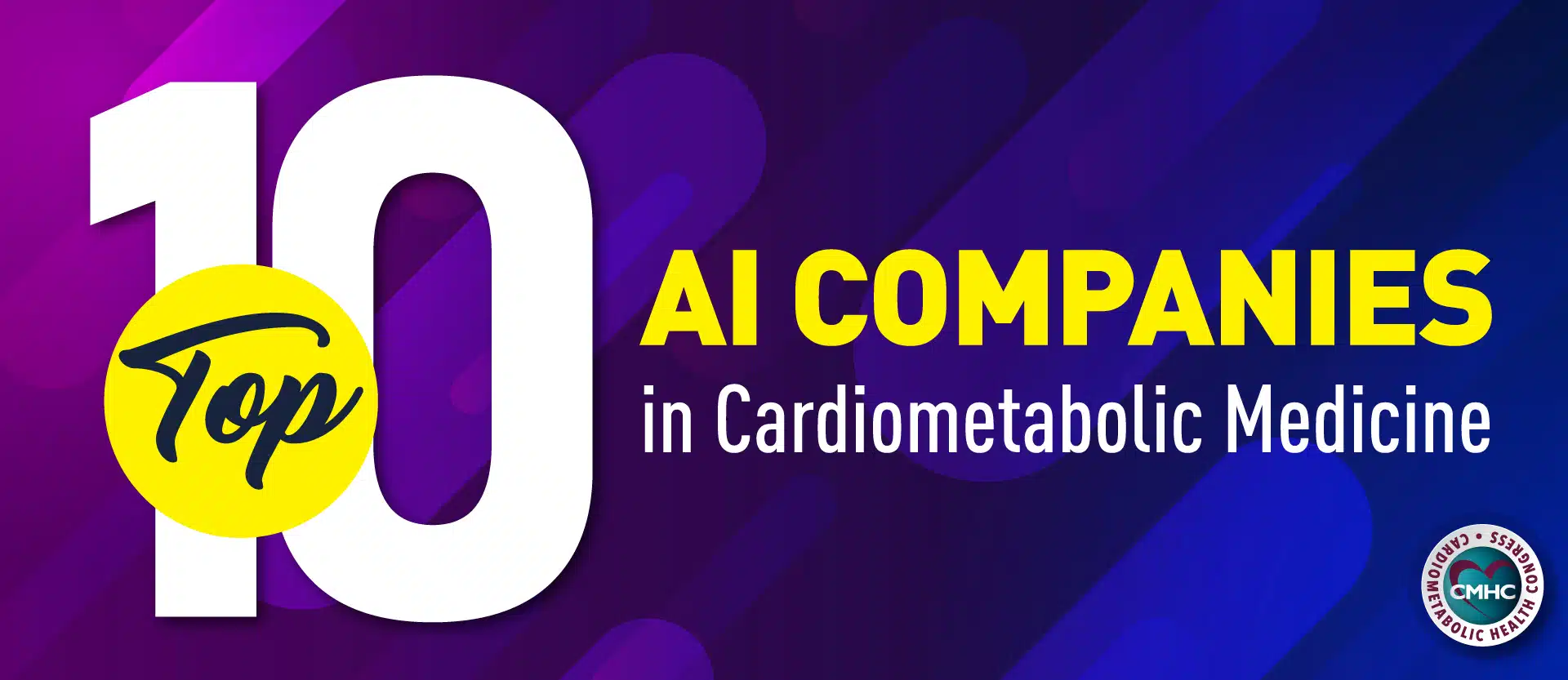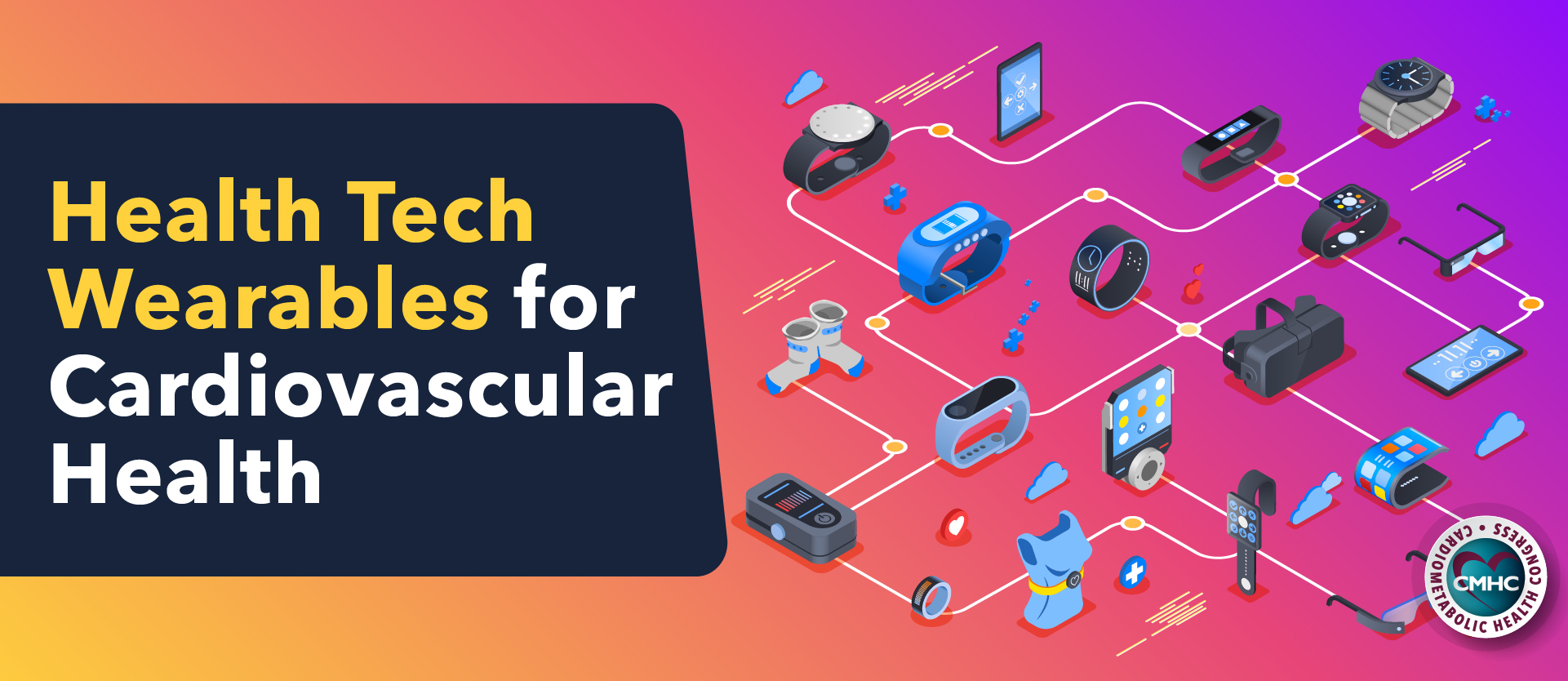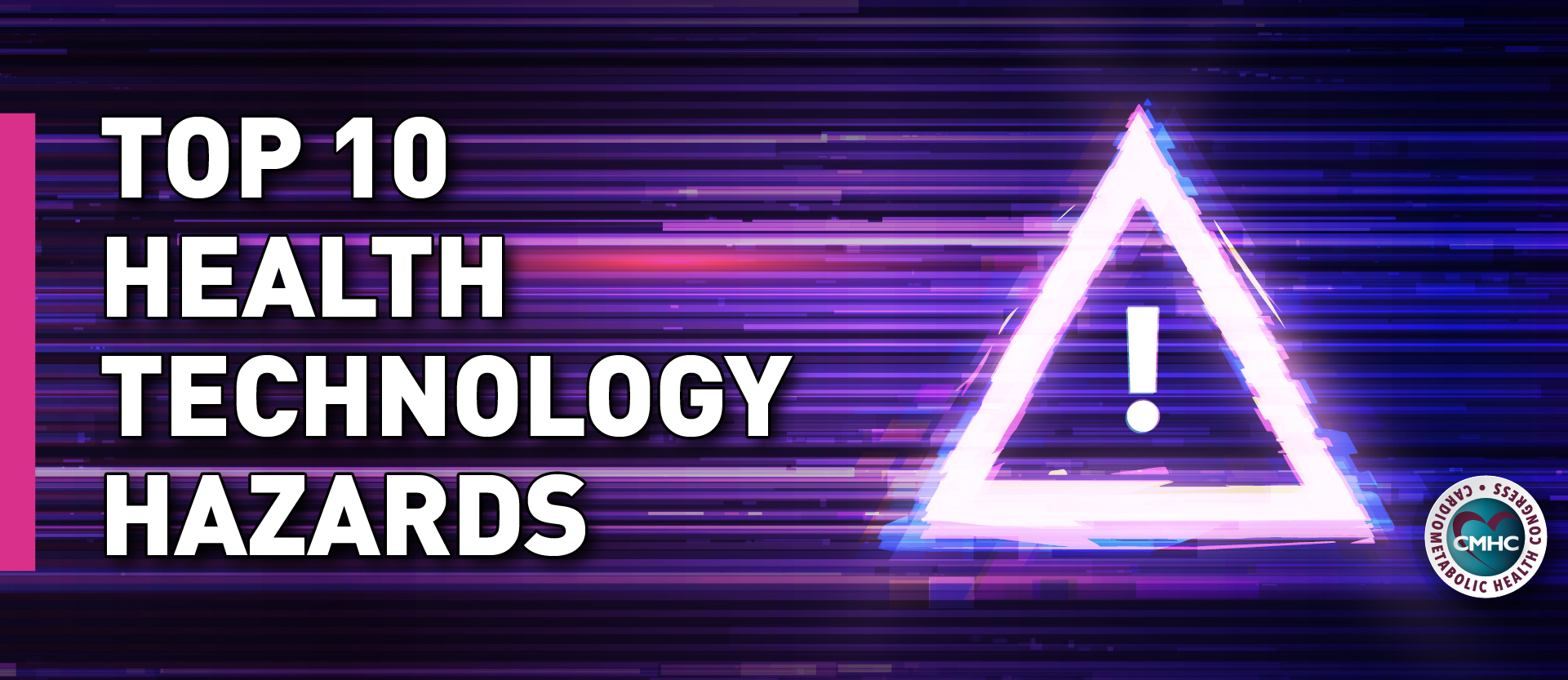As evidenced by current events, the persisting COVID-19 outbreak has contributed to a major shift to a digital healthcare model. No longer are patients coming in for routine appointments; many are opting to attend virtual visits conducted via telehealth platforms, while others may be refusing medical care altogether due to virus-related fears. Following the marked decrease in demand for in-person medical care there has been an exponential rise in telemedicine use with the number of online medical visits surging 50% in March, according to data reported by Frost and Sullivan consultants.
Telemedicine is particularly valuable to the cardiology practice, which increasingly relies on remote patient monitoring to manage a variety of conditions ranging from hypertension to chronic cardiac failure. Effective management of cardiac patients with the help of remote cardiac monitoring technologies and telehealth solutions has the proven ability to improve the quality of patient care, increase cost-effectiveness, and expand access to specialist care. Further, telecardiology programs have been found to promote better patient health outcomes, saving lives by improving diagnostic accuracy, speed, and convenience.
Emerging Telehealth Solutions
In response to the rapid shift to online care and growing demand for telemedical solutions, software developers all over the world have begun to develop and release novel telecommunication platforms. To ease its widespread implementation, federal regulations related to telemedicine have been amended, including relaxed HIPAA enforcement policies, mitigated reimbursement barriers, and other helpful policy changes. At the same time, these updated regulations have prompted growing cybersecurity concerns as an increasing number of patients shares protected health information online. In addition, time constraints and a rushed speed of market entry of many new technologies furthers the problem as some emerging software solutions may be lacking in adequate safety certifications.
Recent Regulatory Changes
As part of the regulatory response to COVID-19, the U.S. Department of Health & Human Services is allowing HIPAA-covered entities to “use any non-public facing remote communication product that is available to communicate with patients.” While broadening access to remote care, this enables healthcare providers to utilize popular audio and video communication tools such as Zoom, Apple’s Facetime, Facebook’s Messenger Video, and Skype. It is important to note, that patients must be made aware of the potential cybersecurity and data privacy threats involved with the use of platforms not intended for telehealth-specific use.
The recent regulatory changes apply not only to care provided for COVID-19 infection-related reasons. “This exercise of discretion applies to telehealth provided for any reason, regardless of whether the telehealth service is related to the diagnosis and treatment of health conditions related to COVID-19,” the HHS outlined in a statement.
Choosing A Telemedicine Provider For Your Cardiology Practice
Cardiometabolic health professionals have a seemingly abundant array of telehealth vendors to choose from, making selecting the right platform for your practice difficult.
Many healthcare organizations may already be equipped with telehealth functionality, allowing for seamless, safe integration into practice. However, smaller practices and individual practitioners may be considering telemedicine for the first time during the COVID-19 outbreak.
For these healthcare providers, the telehealth vendor selection process can be intimidating. Several factors are important to consider when evaluating potential technologies, including the specific needs of a practice. The steps outlined below can help both first-time users and experienced telehealth practitioners navigate the crowded market of telemedicine vendors.
- Investigate Vendor Candidates
During the initial stage of searching for a telehealth provider, health practitioners should begin by narrowing down a list of possible contenders that serve their key criteria and goals for the practice. Taking remote cardiac monitoring capabilities and other important factors into account, healthcare providers should focus on finding a vendor that can develop into a long-term partnership, instead of a transactional business.
Ultimately, the goal of integrating a telehealth provider into your medical practice is to develop a long-standing relationship with them, in which you have access to an expert resource on demand, support throughout the implementation process and beyond, as well as a secure, dependable online platform for your patients.
Investigating potential telemedicine vendor services is a critical component of the selection process – however, filtering from the over 900 platforms available can prove challenging. In this case, word-of-mouth referrals and suggestions from your professional network can often help to narrow down a list of possible telemedicine vendors; you can also consider consulting the American Telemedicine Association or state medical association for further recommendations.
- Review The Shortlist
Upon completing their research, cardiometabolic health providers should aim to shortlist a few of the most promising candidates and schedule calls with each one to discuss product offerings, cybersecurity and data privacy policies, as well as compliance with legal guidelines. After reviewing the shortlist of potential vendors, clinicians should develop a Request for Proposal (RFP) that clearly outlines their goals and needs and share it with the candidates that most closely align with them.
- Get To Know The Product and Team
Once RFP responses are reviewed, practitioners should request case studies, referrals, and reviews from vendor platforms to determine their legitimacy and reputability. Additionally, medical providers may want to schedule calls with product engineers and existing customers to obtain a realistic understanding of how the service functions in routine practice.
Familiarizing yourself with the telemedicine platform is a crucial next step in the selection process and requires close contact with the vendor’s customer service team. Healthcare practitioners should schedule live demos of the software and informational calls with the product’s team. During these discussions, clinicians should evaluate the platform on the basis of six key factors outlined below to determine whether it will adequately address their needs.
- Evaluate Six Key Factors
Business
Tenure, sources of funding, financial stability, notable customers, and other important business-related components are important to consider along with the company’s business model, product cost, reimbursement rates, risk sharing, and payment program options that can help assess the potential return on their investment. Does the vendor have expertise serving cardiologists and other cardiometabolic health specialists? Are they aware of and do they comply with federal and private insurance guidelines? There are valuable questions to assess while comparing potential telemedicine vendors.
Information Technology
The feasibility of integrating a telehealth platform into a practice’s current IT landscape – especially the EHR system – should play a significant role in decision making. Other important factors to consider in the current environment include: the cost, process, and timeline of implementation; patient geolocation for licensure requirements; patient access to data; customization capabilities; biometrics/RPM integration capabilities; and the impact of regular use on internet and local network usage.
Security
Telehealth vendor security certifications and protection policies are paramount as cybersecurity risks are currently at an all-time high. During the selection process, clinicians should ensure the platform complies with HIPAA, state, and federal guidelines, has an explicit liability structure for managing data breaches, and is transparent about its data use policies. Furthermore, user authentication and authorization systems as well as in-platform patient consent capabilities are important security factors to keep in mind to guarantee patient safety.
Usability
In evaluating a potential telemedicine platform, cardiometabolic health professionals should keep in mind the usability of the product itself. How do they perceive the user experience? Will it be easy to use for other team members and more importantly, patients? How long does it take for the software to launch? Additional usability factors to consider include: dashboard/workflow assimilation, multi-specialty application, patient and care team engagement metrics, as well as billing and payout processes.
Customer Service
The telehealth vendor’s quality of customer service and customer relationship management protocols are also important factors to assess. This factor should include the degree of support available to clinicians before, during, and after product integration – does the company provide staff training as part of their services? Do they have patient education resources? Whether the vendor offers project management, data analysis, and other practice-enhancing tools should be considered as well as the degree of technical support for patients who may need assistance with setting up the platform, accessing it from different devices, and troubleshooting IT issues.
Clinical Validation
Healthcare providers should ascertain the clinical validation of their chosen telemedicine vendor before making their final decision. This can be done by requesting available documented clinical outcomes and published peer-reviewed research.
5. Test the Chosen Product
Once you have selected the optimal telemedicine provider for your practice, it is important to test the technology with either a patient advocate, member of a patient advisory board, or a staff member unfamiliar with the product to ensure it is indeed usable and can be successfully implemented. Despite usability testing, some software solutions may prove too complicated for patient use; instead of allowing the efficient delivery of care, these platforms may require additional time spent on training and troubleshooting issues.
Cardiometabolic medicine practitioners can set their practice up for success in the digital space by taking the above steps and prioritizing their individual practice’s needs. Vendor selections should also be made in accordance with state and federal regulations as well as in compliance with cybersecurity best practices to mitigate potential risks and liabilities.
In an effort to assist medical practices and practitioners in selecting a telehealth vendor that fulfills their needs Healthcare IT News maintains an updated list of of telemedicine systems that can be accessed here.
As an additional resource for clinicians, our Telehealth Implementation Guide provides actionable solutions and outlines the essential guidance needed to launch your telecardiology practice.


















